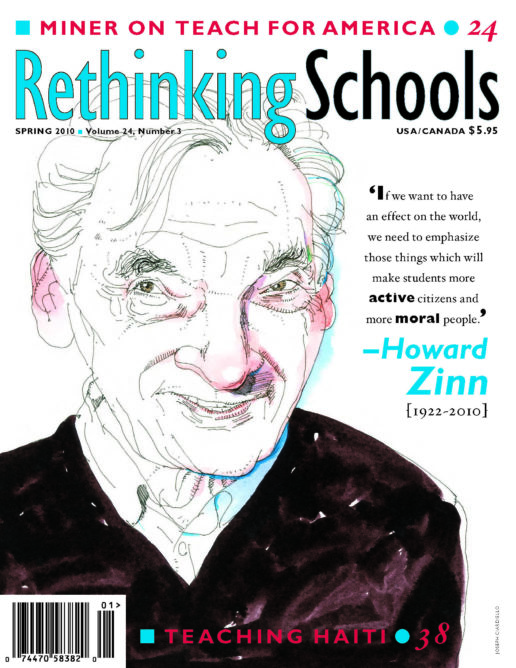Preview of Article:
Transsexuals, Teaching Your Children
Illustrator: Katherine Streeter
One of my 6th-grade students approached me last spring during the independent reading segment of my English language arts class in our Brooklyn public school. He carried Gender Blender, a young adult novel about a high school girl who swaps bodies for a short period of time with a high school boy. When the student reached my desk, he scratched his head in confusion and held the book out for me to see.
“Mr. K., this book says that sex and gender are the same thing, but I thought they were different. Like, sex is what you’re born as and gender is whether you’re a boy or a girl when you grow up. Right?”
My impulse was to ask if he would teach a seminar to most of the adults I know—and some of the adults in our school—about the complexities of sex and gender. Instead, I commented, “That’s an excellent observation. Does it seem like this book shows sex and gender in too simple a way?”
He nodded passionately. “Yes, because on the “Real World: Brooklyn” this season there’s a girl who says she used to be a boy. Is that for real, Mr. K.?”
This 11-year-old had brought up transsexuality, completely unprovoked, at least three times during the school year up to that point. During one lesson a month before this conversation, I had defined homophobia to his class as “a hatred or intolerance of gay and lesbian people,” and he had waved his hand wildly in the air to add “and transsexuals, too, Mr. K.!” It was clear to me that, for whatever reason, he had given the topic a great deal of thought, and that he had some kind of personal investment in it.

